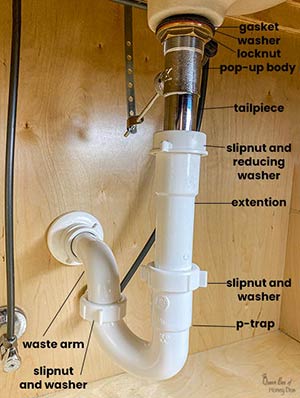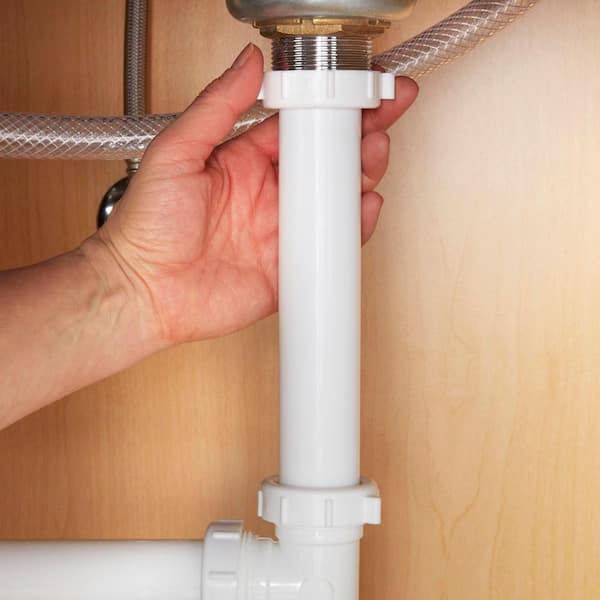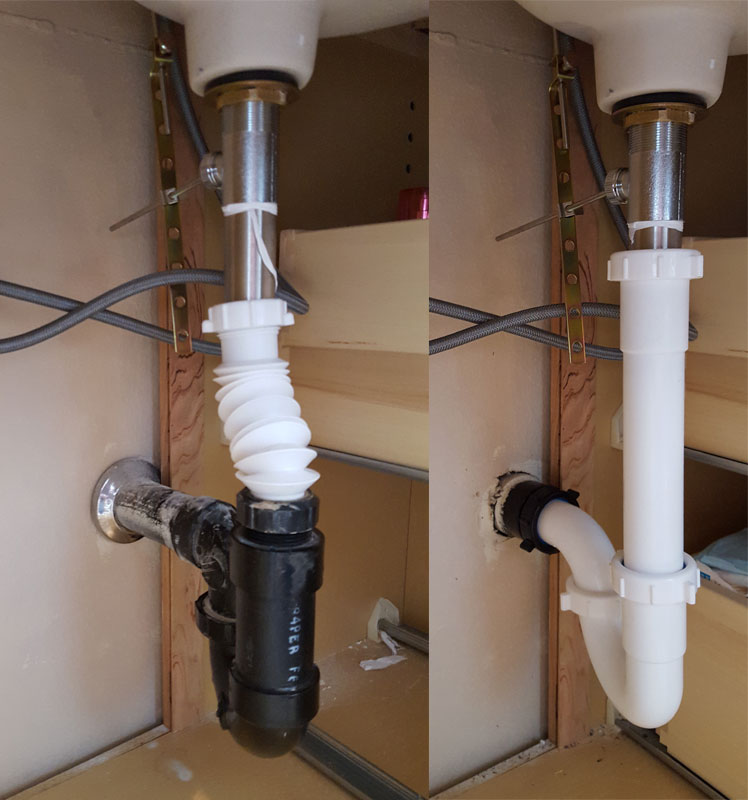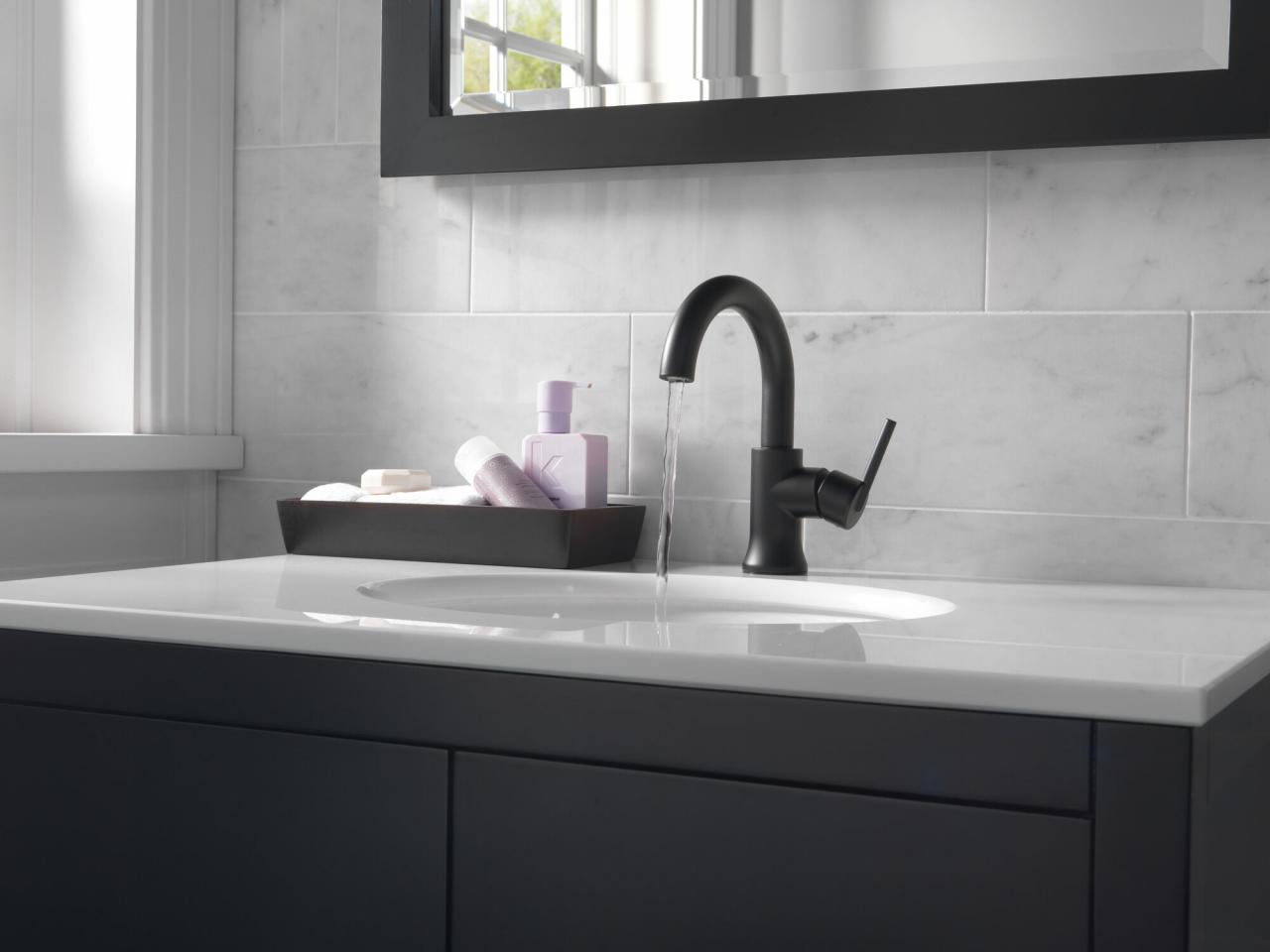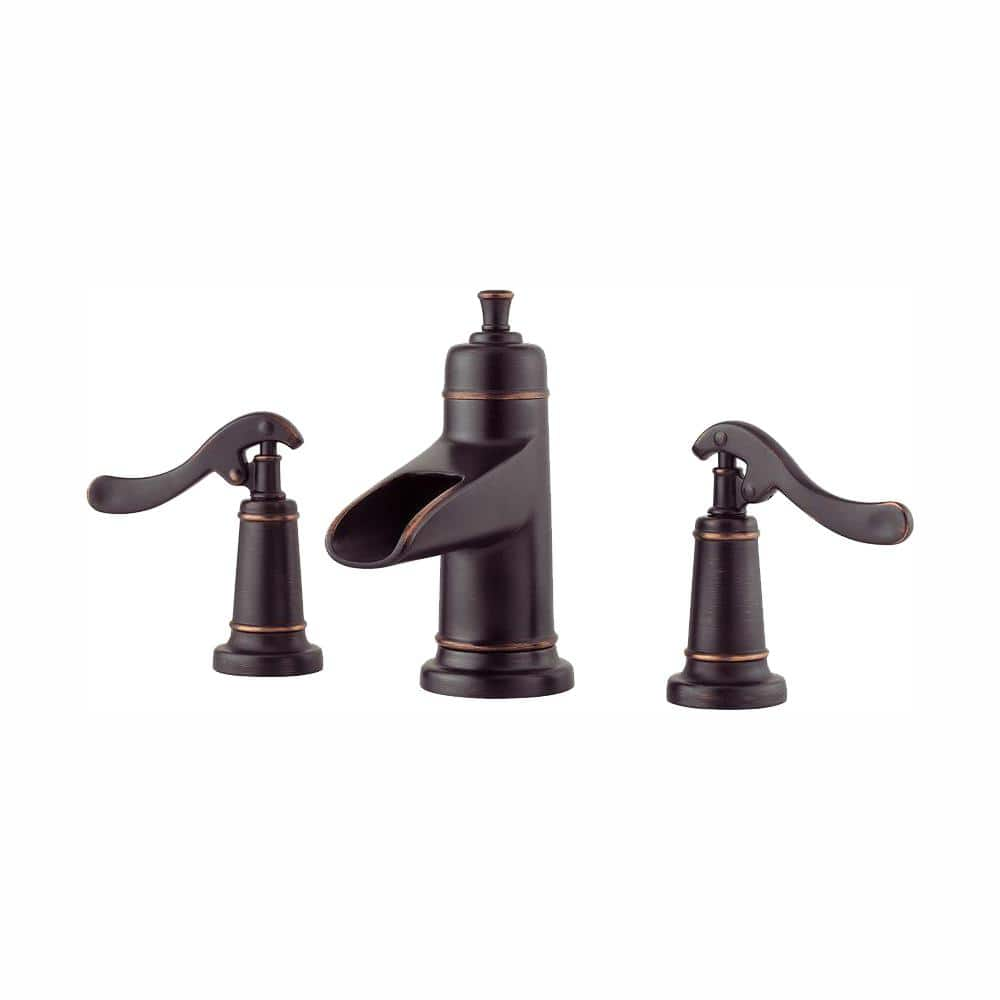Understanding the Need for a Bathroom Sink Drain Extension
When it comes to bathroom renovations or remodeling projects, sometimes you may find yourself needing to extend your bathroom sink drain. Whether it’s due to a new vanity installation, a change in plumbing layout, or simply the desire for more convenience, understanding the need for a bathroom sink drain extension is crucial. Below are the various reasons why you might require a drain extension and how it can benefit your bathroom setup.
- Accommodating a New Vanity or Sink: One common reason for a bathroom sink drain extension is the installation of a new vanity or sink. Often, these new fixtures have different dimensions or designs compared to the previous ones. As a result, the existing drain may not align properly, necessitating an extension. By understanding this need, you can ensure a seamless installation and prevent any plumbing issues in the future.
- Adjusting Plumbing Layout: Another scenario where a bathroom sink drain extension becomes necessary is when you want to change the plumbing layout. Perhaps you’re rearranging your bathroom to improve functionality or aesthetics. In such cases, the existing drain location may not align with the new setup. Extending the drain allows you to reposition the sink and other fixtures as desired, without compromising the overall plumbing system.
- Dealing with Limited Space: In some bathrooms, space can be limited, especially in small apartments or older homes. When faced with this challenge, you may need to extend the drain to create more room for storage or other bathroom essentials. This can be particularly useful if you want to install a cabinet or shelving unit beneath the sink. By extending the drain, you can optimize the available space and make the most of your bathroom layout.
- Ensuring Proper Drainage: Proper drainage is essential for any bathroom sink. If the existing drain is not functioning optimally, extending it can help improve water flow and prevent clogs. This is especially important if you’ve noticed slow draining or recurring blockages in your sink. By extending the drain, you can ensure efficient drainage and maintain a clean and functional bathroom.
- Future-Proofing Your Bathroom: Last, extending your bathroom sink drain can be a proactive measure to future-proof your bathroom. By anticipating potential changes or upgrades, such as installing a double sink or adding a bidet, you can save time and money by extending the drain now. This way, you won’t have to disrupt your bathroom again in the future if you decide to make additional modifications.
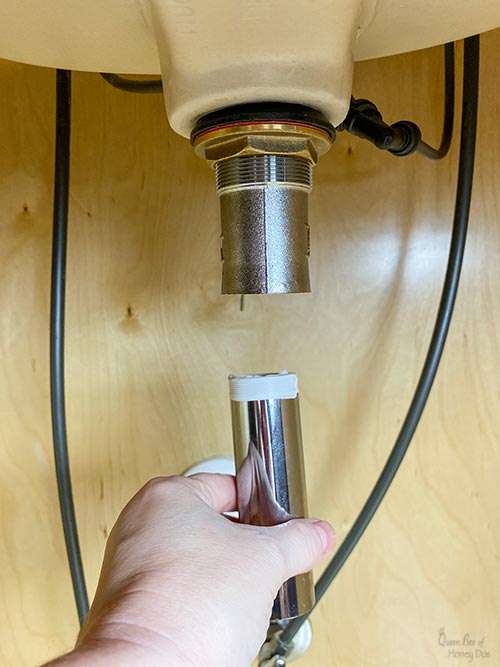
Step-by-Step Guide: How to Extend Your Bathroom Sink Drain
Assessing the Existing Drain Setup Before extending your bathroom sink drain, it’s essential to assess the existing drain setup. Look for any restrictions or obstacles that may affect the extension process. Measure the length of the current drain pipe and take note of any nearby walls, cabinets, or fixtures that may impact the extension.
Gathering the Necessary Tools and Materials: To extend your bathroom sink drain, you’ll need a few tools and materials. Some common items include extension pipes, couplings, fittings, a pipe cutter or saw, a wrench or pliers, PVC primer and cement (if using PVC pipes), and Teflon tape.
Turning Off the Water Supply: Before starting any plumbing work, it’s crucial to turn off the water supply. Locate the shut-off valves for the sink and close them to prevent any water flow during the installation process. It’s also a good idea to place a bucket or towels beneath the sink to catch any residual water that may drain from the pipes.
Removing the Existing Drain Pipe: To begin the extension process, you’ll need to remove the existing drain pipe. Use a wrench or pliers to loosen the slip nuts that connect the drain pipe to the sink trap and wall drain. Carefully detach the drain pipe and set it aside.
Cutting and Measuring the Extension Pipe: Measure the distance between the sink trap and the desired location for the extended drain pipe. Using a pipe cutter or saw, cut the extension pipe to the appropriate length. Ensure that the cut is clean and straight for a proper fit.
Installing the Extension Pipe: Attach the extension pipe to the sink trap using a slip nut and washer. Tighten the slip nut securely, but be cautious not to overtighten and risk damaging the pipe or fittings. Apply Teflon tape to the threads for a watertight seal.
Connecting the Extension Pipe to the Wall Drain: Once the extension pipe is securely attached to the sink trap, connect the other end to the wall drain using a coupling or fitting. Apply Teflon tape to the threads and tighten the connection using a wrench or pliers.
Checking for Leaks and Testing the Drain: Once all the connections are made, it’s crucial to check for any leaks. Slowly turn on the water supply and observe the connections for any signs of water leakage. If there are no leaks, test the drain by running water through the sink and ensuring proper drainage.
Making Adjustments if Necessary: If you encounter any issues during the installation process or notice leaks or improper drainage, make necessary adjustments. Double-check the connections and ensure everything is properly aligned. If needed, consult a professional plumber for assistance.
Finishing Touches: Once you’ve successfully extended your bathroom sink drain, tidy up the area by cleaning any excess debris or materials. Reinstall any items that were removed, such as the sink trap and any decorative covers or caps.
Choosing the Right Materials for Your Bathroom Sink Drain Extension
Consider the Plumbing System When choosing materials for your bathroom sink drain extension, it’s crucial to consider your existing plumbing system. Determine the type of pipes used in your plumbing system, such as PVC, copper, or galvanized steel. Select extension pipes, couplings, and fittings that are compatible with the materials in your plumbing system to ensure a proper and secure connection.
Durability and Longevity: Since the bathroom sink drain extension will be exposed to water and potential wear and tear, it’s important to choose materials that are durable and long-lasting. Stainless steel, brass, and high-quality PVC are commonly used materials known for their resistance to corrosion and longevity. These materials will ensure that your drain extension remains functional and reliable for years to come.
Size and Diameter Compatibility: Ensure that the extension pipes and fittings you choose match the size and diameter of your existing plumbing system. Proper sizing is crucial for a secure and leak-free connection. Measure the diameter of your current drain pipe and select extension components that correspond to that size.
Aesthetics and Design: While functionality is paramount, don’t overlook the aesthetics of your bathroom sink drain extension. Consider the overall design and style of your bathroom when selecting materials. Opt for extension pipes, couplings, and fittings that complement the existing fixtures and décor. Various finishes, such as chrome, bronze, or brushed nickel, are available to suit different design preferences.
Seek Professional Advice: If you’re unsure about which materials to choose or need guidance on compatibility, it’s always advisable to consult with a professional plumber. They can provide expert advice tailored to your specific plumbing system and help you select the right materials for your bathroom sink drain extension. They can also ensure that all necessary building codes and regulations are met during the installation process.
Common Challenges and Solutions When Extending Bathroom Sink Drains
Limited Space One common challenge when extending bathroom sink drains is limited space under the sink. This can make it difficult to maneuver and install the extension pipes. To overcome this challenge, consider using flexible extension pipes or opting for a compact drain design that takes up less space. Additionally, organizing the items under the sink and removing any unnecessary clutter can free up more room for the extension.
Alignment Issues: Ensuring proper alignment between the existing drain pipe, extension, and sink trap can be challenging. To address alignment issues, use adjustable extension pipes that allow for flexibility in positioning. Take accurate measurements and make small adjustments as needed during the installation process. Ensuring that all connections are properly aligned will prevent leaks and ensure efficient water flow.
Leaks and Sealing: The risk of leaks is a concern when extending bathroom sink drains. To prevent leaks, use high-quality sealing materials such as plumber’s putty or Teflon tape on all connections. Apply the sealing material to the threads of the pipes and fittings before connecting them. Tighten slip nuts securely, but be cautious not to overtighten and risk damaging the pipes. Regularly check for any signs of leakage and promptly address any issues to prevent water damage.
Compatibility with Existing Plumbing: It’s essential to ensure that the chosen extension components are compatible with your existing plumbing system. Check the size, diameter, and material compatibility to avoid any issues during installation. If you’re unsure about compatibility, consult a professional plumber who can assess your plumbing system and recommend appropriate extension components.
Blockages and Clogs: Extending the bathroom sink drain can increase the likelihood of blockages and clogs if not done properly. To mitigate this challenge, incorporate features like drain traps or filters to prevent debris from entering the extension. Regularly clean and maintain the drain to avoid any potential problems. If a blockage occurs, use a plunger or a drain snake to remove the obstruction. It’s important to address clogs promptly to prevent backup and potential water damage.
Creative Ideas for Bathroom Sink Drain Extensions
Hidden Drain Extensions Instead of having an exposed drain pipe under the sink, consider concealing it within a cabinet or vanity. This not only provides a cleaner and more aesthetically pleasing look but also frees up space for storage. You can install a false panel or a specially designed drawer to hide the drain extension while still allowing easy access for maintenance.
Decorative Coverings: Transform the look of your bathroom sink drain extension by adding decorative coverings. Consider using pipe sleeves, wraps, or covers that match your bathroom’s style and theme. These coverings can be made from various materials such as stainless steel, brass, or even decorative fabrics. They not only serve as an aesthetic enhancement but also protect the extension from dust and potential damage.
Dual Sink Drains: For double sink setups, consider installing a shared drain extension. This allows both sinks to share a single drain pipe, reducing the need for multiple extensions and improving overall functionality. This design not only saves space but also simplifies the installation process and maintenance.
Customizable Lengths: Opt for adjustable extension pipes that can be easily modified to fit different sink heights or placements. This flexibility allows you to customize the length as needed without the hassle of replacing the entire extension. Adjustable extension pipes usually feature telescopic sections that can be extended or retracted to achieve the desired length. They are available in various materials, including stainless steel and PVC.
Incorporating Unique: Materials Add a touch of creativity to your bathroom sink drain extension by using unique materials. Instead of traditional PVC or metal pipes, consider using colored PVC pipes, copper tubing, or even reclaimed materials like vintage pipes or salvaged industrial parts. These unconventional materials can create a striking visual effect and add a unique character to your bathroom.
Integrated Storage Solutions: Maximize the functionality of your bathroom sink drain extension by incorporating storage solutions. Consider installing small shelves or compartments along the extension to hold items such as soap, toothbrushes, or other bathroom essentials. This helps to keep your sink area organized and clutter-free while optimizing the available space.
Green Solutions: If you’re environmentally conscious, consider eco-friendly options for your bathroom sink drain extension. Look for extension kits made from recycled materials or choose components that are designed to promote water efficiency, such as low-flow drain traps or water-saving aerators.
How To Install Bathroom Sink Drain u2022 Queen Bee of Honey Dos
Everbilt 1-1/2 in. x 12 in. White Plastic Flanged Strainer Sink
Sink extension tube Terry Love Plumbing Advice u0026 Remodel DIY
Plumb Pak® 1-1/4″ x 9″ Plastic Flexible Extension Tube at Menards®
plumbing – Sink tailpiece doesnu0027t line up with trap – Home
Threaded Extension, Pop Down Drain ONLY (this will NOT FIT other brand drains)
plumbing – Sink tailpiece doesnu0027t line up with trap – Home
1-1/4 In. X 6 In. White Plastic Slip-Joint Sink Drain Tailpiece
Related Posts:




